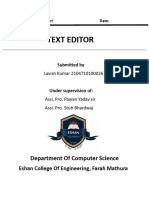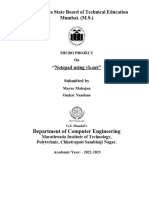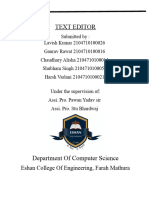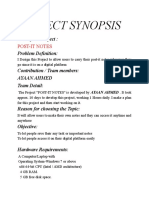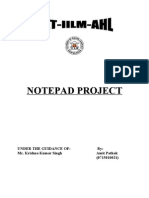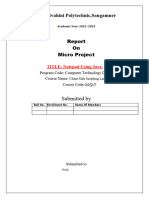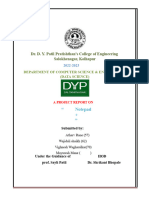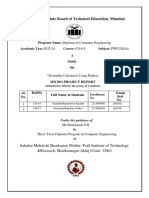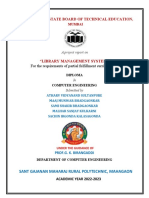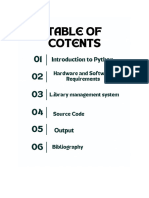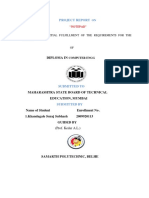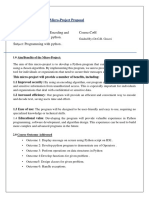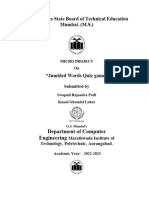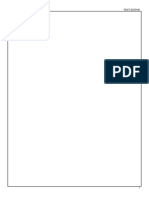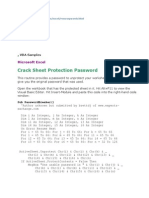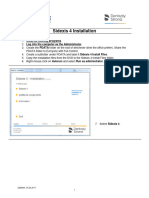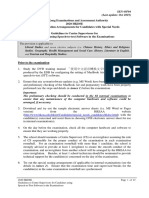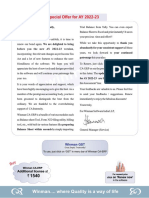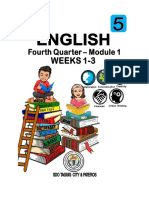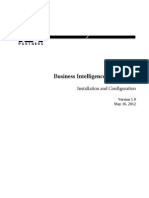0% found this document useful (0 votes)
31 views15 pagesPYTHON New
This project report details the development of a Notepad application using Python, created by students of the Diploma in Computer Engineering at Sant Gajanan Maharaj Rural Polytechnic. The report includes the project's aim, methodology, literature review, features, and a sample program code demonstrating basic text editing functionalities. The project serves as a practical learning experience in GUI development and file handling using Python.
Uploaded by
Sanket KaradeCopyright
© © All Rights Reserved
We take content rights seriously. If you suspect this is your content, claim it here.
Available Formats
Download as DOCX, PDF, TXT or read online on Scribd
0% found this document useful (0 votes)
31 views15 pagesPYTHON New
This project report details the development of a Notepad application using Python, created by students of the Diploma in Computer Engineering at Sant Gajanan Maharaj Rural Polytechnic. The report includes the project's aim, methodology, literature review, features, and a sample program code demonstrating basic text editing functionalities. The project serves as a practical learning experience in GUI development and file handling using Python.
Uploaded by
Sanket KaradeCopyright
© © All Rights Reserved
We take content rights seriously. If you suspect this is your content, claim it here.
Available Formats
Download as DOCX, PDF, TXT or read online on Scribd
/ 15




